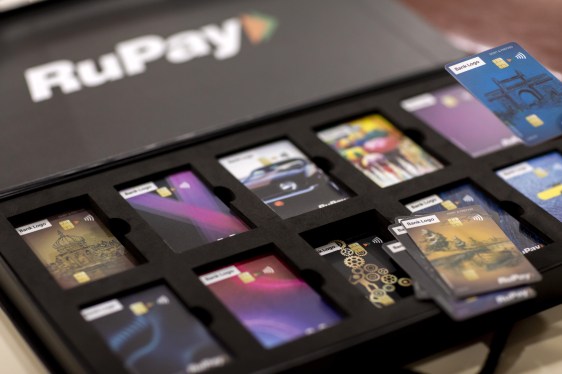India is set to make a significant leap in its digital payments landscape with a massive investment aimed at promoting RuPay and UPI transactions. The central government has approved a plan worth nearly $320 million for the fiscal year ending March 2023, focusing on enhancing public awareness and adoption of these payment methods.
Fintech’s Role in India’s Digital Revolution
Government & Policy: A Boost for Digital Payment Sector
The Indian government recognizes the critical role of financial inclusion in driving economic growth. With a growing middle class, a rising internet user base, and increasing demand for convenient payment solutions, digital payments are poised to become an integral part of everyday life.
RuPay’s Revival and UPI Growth
India’s RuPay network, which operates under the Central Bank of India, has faced challenges in recent years. The government has taken steps to revitalize this payment system, ensuring it remains relevant in a competitive global market. Additionally, the Unique Payment Interface (UPI), introduced by the Reserve Bank of India, has gained immense popularity due to its seamless and instant payment capabilities.
Why This Investment?
The central government’s decision to allocate funds for promoting RuPay and UPI transactions is driven by several factors:
- Economic Inclusion: The push aims to bridge the digital divide and ensure that a larger segment of the population can access financial services.
- Market Expansion: By enhancing awareness, the government seeks to capitalize on India’s booming smartphone market and online shopping culture.
- Competitive Advantage: Strengthening RuPay and UPI will position India as a global leader in digital payments.
Incentives for Adoption: Encouraging Banks and Makers
Acquiring Banks’ Role
The central bank has announced measures to encourage banks, NBFCs (Non-Banking Financial Companies), and other financial institutions to promote RuPay and UPI transactions. These incentives include:
- Complimentary Offers: Providing upfront discounts on new equipment for customers who adopt RuPay or UPI.
- Support in Launching Payment Apps: Assisting financial institutions in setting up websites, mobile apps, and customer support structures.
Targeted Initiatives
The government has set specific targets for these payment methods:
- RuPay Debit Cards: Encouraging banks to issue a substantial number of RuPay debit cards by the end of this fiscal year.
- UPI Transactions: Promoting UPI as a low-cost, high-speed payment solution across various sectors.
The Impact on India’s Fintech Ecosystem
Role of Acquiring Banks
Banks and other financial institutions are expected to play a pivotal role in driving this transformation. Their efforts will not only benefit the end-user but also strengthen the broader financial ecosystem.
- Customer Base Expansion: Enhanced payment options will attract new customers, boosting revenue for these institutions.
- Efficiency Gains: By adopting RuPay and UPI, financial institutions can offer more convenient services to their clients.
Strategic Partnerships
The government is expected to explore partnerships with industry leaders to streamline the adoption process. This includes working closely with NBFCs, technology providers, and e-commerce platforms to create a cohesive digital payment ecosystem.
The Road Ahead
India’s digital payments sector has the potential to undergo a transformative change with this initiative. By focusing on RuPay and UPI, the government aims to create a more inclusive financial system that benefits both consumers and businesses.
Key Takeaways
- The central government’s investment in RuPay and UPI is a strategic move to boost India’s digital economy.
- Acquiring banks are expected to play a crucial role in driving this transformation through targeted initiatives and incentives.
- The sector is poised for growth, with the potential to revolutionize how financial transactions occur in India.
As we look ahead, the future of India’s payment landscape seems bright, with a strong emphasis on digital transformation that will benefit millions of people.

